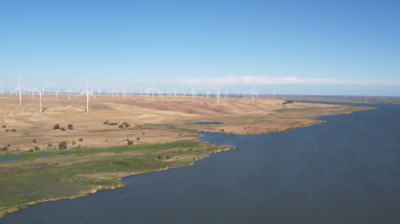BAY AREA WATER SUPPLIES DEPENDENT ON HEALTHY FORESTS
The impact of a century of fire suppression policies in the Sierra Nevada could have major implications for Bay Area water supplies, and the Bay Area Council is engaging with state water and forest managers to better understand what’s at stake and how best to address the challenge. The Council recently joined a tour of the Plumas National Forest organized by the Governor’s Office of Planning & Research to examine how fire suppression policies have reduced state water supplies and wreaked havoc on natural ecosystems. The Bay Area gets about half of its fresh water from watersheds in the Sierra Nevada Mountains.
For centuries, native Californians managed large portions of Sierra Nevada forests with low-intensity fires that promoted biodiversity and reduced the risk of explosive wildfires. In response to heavy logging following the Gold Rush, aggressive forest conservation efforts focused on bolstering fire suppression to protect trees, timber production, and property. As a result, much of the Sierra Nevada is wildly overgrown. Increased snowfall that is captured in dense tree canopies evaporates before it reaches the ground, causing a big drop in water runoff that would otherwise fill rivers, streams and reservoirs. Hydrologists estimate that forest thinning, through a combination of precision logging and reintroduction of low-intensity fire management, could yield hundreds of thousands of acre-feet of additional water flows. The Council will continue to work with stakeholders to develop solutions for improving the health of California’s upper watersheds. To engage in the Council’s water policy work, please contact Vice President Adrian Covert.





